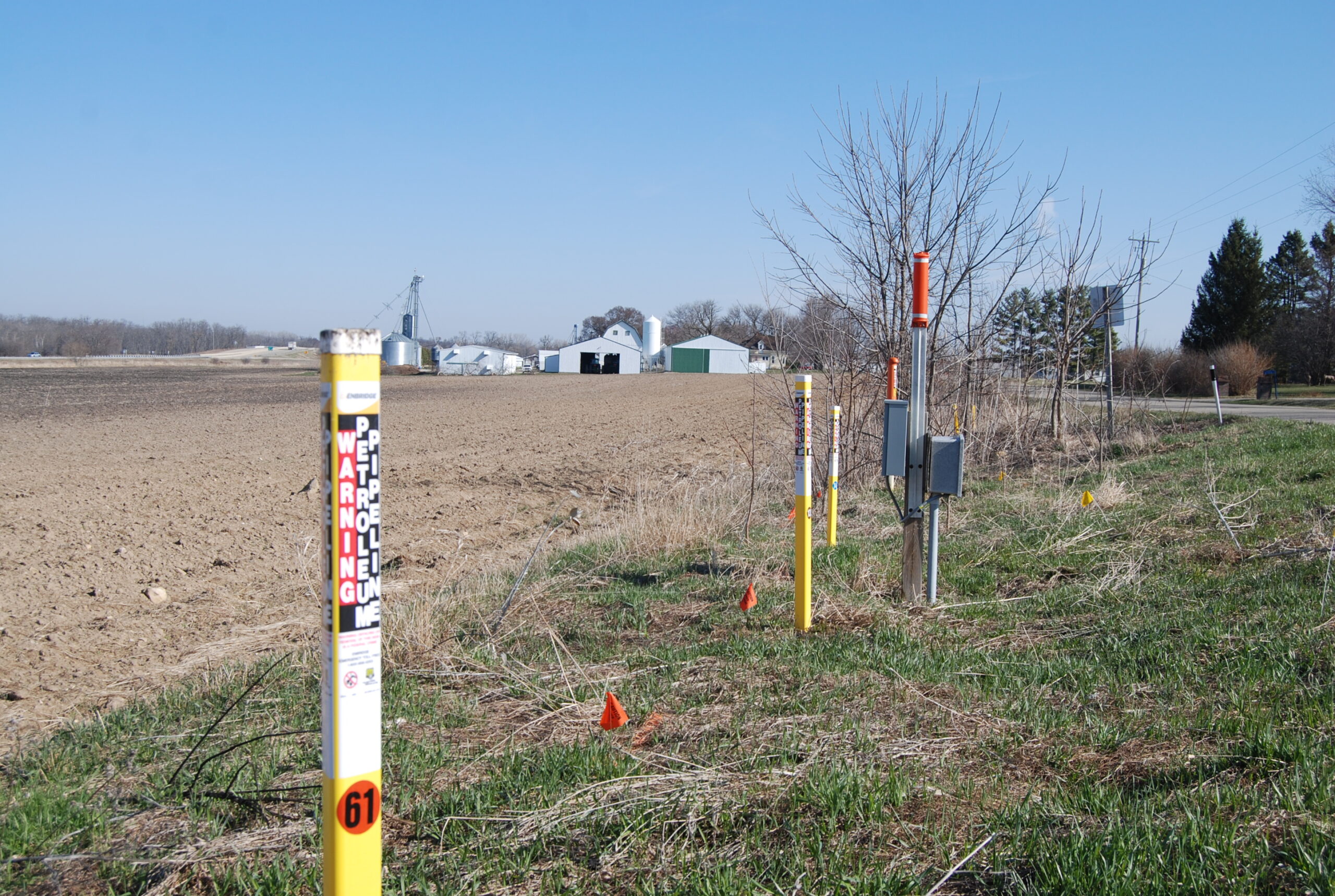By Kim McDarison
Approval has been given to a “Supplemental Site Investigation Workplan” submitted by Enbridge to the Wisconsin Department of Natural Resources (DNR) earlier this month for the further investigation of a diluent spill near Blackhawk Island Road.
The Supplemental Site Investigation Workplan (SSIWP), according to a May 26 letter from the DNR to Enbridge, was prepared by WSP USA, Inc., a multinational engineering and design firm which is part of Canadian-based WSP Global, according to the company’s website.
The letter, outlining the plan, has been posted to the DNR’s Bureau for Remediation and Redevelopment Tracking System (BRRTS).
As outlined in a summary included within the DNR’s letter, the agency notes that it had earlier sent a letter to Enbridge in which it “identified additional investigative work necessary to define the nature and extent of remaining contamination (at the Blackhawk Island Road) site and to further characterize the hydrogeologic conditions on site.”
Within a summary of the SSIWP presented within the DNR letter, next steps call for a report of the investigation’s findings to be produced by WPS.
Soil investigation
According to the DNR’s letter, WSP “will use high-resolution site characterization in-situ (defined as soil still in its exiting and unmodified condition) direct sensing methods to provide preliminary definition of potential non-aqueous phase liquid (defined as contaminants, like petroleum products, that do not dissolve in or easily mix with water) and dissolved phase impacts to soil and groundwater.”
Based on results found after using those methods, WSP “will oversee the installation of soil borings and the collection of soil samples to be analyzed for volatile organic compounds (VOCs),” according to the letter.
Additionally, the letter continues, “WSP will examine soil cores and document pertinent observations. To evaluate the potential for contaminate migration associated with underground onsite infrastructure, WSP will conduct a visual inspection of the backfill material, as well as collect two soil samples, taken along Line 13, to be analyzed for VOCs.”
Enbridge officials have confirmed that a service line associated with Line 13, used to convey diluent, a thinning agent used when transporting petroleum products through pipelines, was the source of a more than 1,200 gallon leak which occurred in 2019.
Groundwater investigation
To evaluate the condition of groundwater and any “confined units within the aquifer,” WSP will dig one deep boring in the area near Monitoring Well 2 (also known as MW-2), and will conduct “vertical groundwater profiling” near monitoring wells MW-1 and MW-9.
As previously reported by Fort Atkinson Online, the site currently has a total of eight monitoring wells, two of which, MW-1 and MW-6, have tested positive for some amounts of VOCs. (See previous story here: https://fortatkinsononline.com/residents-express-frustration-over-enbridges-handling-of-jefferson-county-spill/.)
According to the letter, WSP will then install six water table monitoring wells and six deeper monitoring wells.
The letter acknowledges Enbridge’s previous investigation of potable wells within 1,500 feet of the spill conducted in April of this year. No VOCs were detected at concentrations above the laboratory limit of detection in any of the potable well samples, the letter states.
“Pending landowner approval, WSP will conduct another round of potable well sampling,” the letter continued.
The letter outlines the following schedule:
- Field investigations shall be initiated within 60 days of this letter (May 26).
- All water supply well sampling results shall be reported to the DNR, the well owner and the property occupants as applicable, within 10 business days of receiving the sample results.
- All sampling results from other media shall be reported to the DNR, property owner and property occupants as applicable within 10 business days of receiving the sample results.
• The Supplemental Site Investigation Report shall be submitted to the DNR within 60 days after the completion of the field investigation and receipt of laboratory analytical results.
This post has already been read 884 times!
